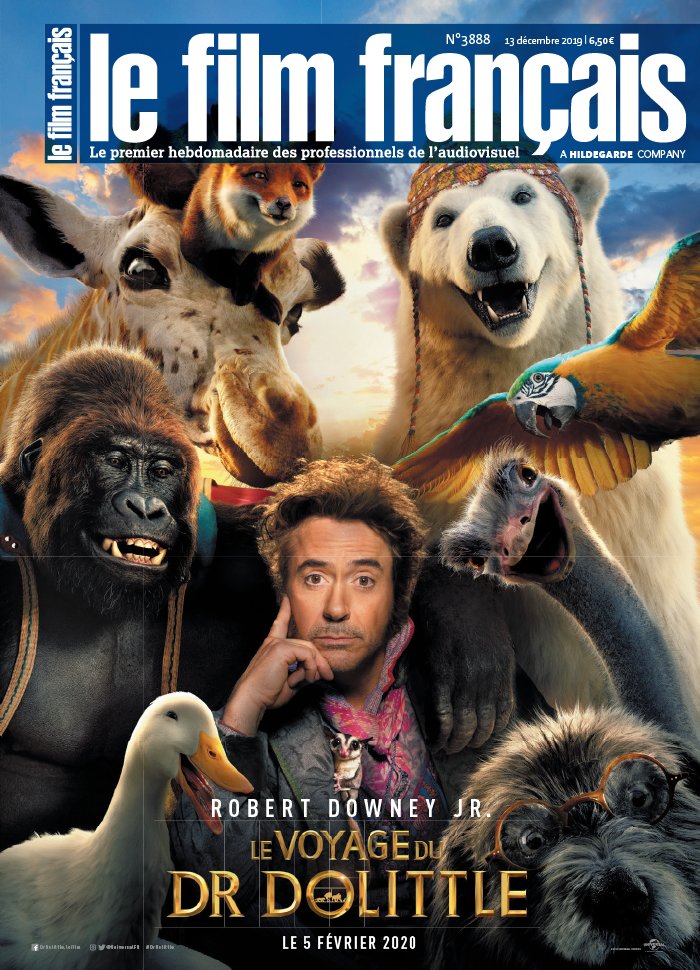Is Film Photography A Distant Memory?
Is Film Photography A Distant Memory?
Blog Article
Photography was developed on movie. Real it started on glass plates, but most of it's life has been on film. Whether on plate, roll, sheet or whatever, movie has been around considering that the late 1800's and more developed into family use by Thomas Edison and George Eastman of Kodak fame. Film defined photography for years and as such there were actually numerous film brand names, types, speeds, variations that the user might use. Kodak ranks the highest with the number of exclusive movies they produced their cams. Today film in sizes like 828, 127, 620, 120, 110, and 126 are still readily available as is various brand names, speeds and variations of 35mm. And there are still places to get it processed!
What size rolls can I get? Rolls are typically 24", 36" and 48" broad and either 200' or 500' long. There is also 32" X 200' roll made specifically for stairs. This roll is not reverse wound making it much easier to use to stairs.
Utilizing the offered mediums of details (craigslist, regional Facebook groups, local filmmaking groups, colleges/universities), build a team that will perform specific duties while on set. The basic positions include: Director (if you are not directing, which I extremely suggest that you do Direct), Director of Photography, Sound Equipment Operators, Gaffer (lighting operator), Make-Up, Performing Coach, Clapper, and Production Assistants. A few of these tasks can be multi-tasked to one person, however if you have adequate individuals to focus on their specific craft, the smoother it will be during production. Also, inspect to see if your crew members own/have access to the equipment needed for shooting. If they don't, that's something else you will have to determine.
One thing about getting individuals to work for complimentary, please respect their time! If you state that a shoot will start at a specific time, exist. Nothing makes an overdue volunteer more upset than taking time out of an important day and be left cooling their heels for a tardy director. If you're producing a story, you will need stars. Key words: be professional.
Storage. Regarding storage, film is harder to save. You have to believe how you will maintain the negatives without diminishing its quality. It will be harder to duplicate the printed photos for duplicates when you lose your negatives, otherwise you will need a conservator for it. Whereas the digital cam's output is immediately saved in SD cards. Then you can back it up in your computer, cd, or other tough disks without altering its homes and quality. In the long run, film can fade, while digital will never ever alter.
If you feel comfortable in smaller sized groups and desire to be familiar with all of your classmates by name as you help each other produce truly amazing movies-- you may wish to consider a smaller sized film school that focuses on hands on partnership and low trainee to trainer ratios. This type of program will put equipment in your hands immediately and you will be making motion pictures your first month.
Carnival and circus sideshows run by promotional visionaries get the attention of individuals with vibrant artwork and one hell of a fantastic pitch to the crowd. Their purpose is to get paying customers to see the show. It is a creative development subtle seduction that plays out in a really short amount of time. Movie funding and pitch conferences take longer, however in my opinion share the very same mindset. If film investors are not aesthetically and verbally thrilled by a film task they will pass on it. When you are pitching for moneying you are on stage as the star of your own creative film-making sideshow.
What I didn't like about this film was that it relied too heavily on the animation and the music. The characters were not able to communicate the story by themselves. This movie would have been much better had the filmmakers spent a little more time establishing the storyline.